Peaky Blinders, a gripping television series set in the aftermath of World War I, follows the exploits of the Shelby family, a notorious gang operating in Birmingham, England. The show delves into themes of family, loyalty, and power, capturing the essence of a bygone era.
The series boasts a stellar cast, including Cillian Murphy as Tommy Shelby, the enigmatic and ruthless leader of the Peaky Blinders. With its intricate storytelling, stunning cinematography, and evocative soundtrack, Peaky Blinders has captivated audiences worldwide.
Historical Context: Peaky Blinders
Peaky Blinders is set in Birmingham, England, in the aftermath of World War I. The show follows the Shelby family, a gang of criminals who rose to prominence in the city during the interwar period. The Peaky Blinders were a real-life gang that operated in Birmingham from the late 19th century to the early 20th century. They were known for their violence and their distinctive flat caps, which were often adorned with razor blades.
Gang’s Significance and Influence
- The Peaky Blinders played a significant role in the development of Birmingham. They were involved in a wide range of criminal activities, including racketeering, gambling, and violence. Their activities helped to shape the city’s criminal underworld and contributed to its reputation as a dangerous and lawless place.
- The gang’s influence extended beyond Birmingham. They had connections to other criminal gangs in the UK and were involved in international smuggling operations. The Peaky Blinders were also known for their political connections and were often used by politicians and businessmen to intimidate their opponents.
Social and Economic Factors
The rise of the Peaky Blinders was due in part to the social and economic conditions in Birmingham in the aftermath of World War I. The war had left the city devastated and many people were unemployed and desperate. This created a fertile breeding ground for crime and the Peaky Blinders were able to exploit this situation to their advantage.
Impact of World War I
The war had a profound impact on the Peaky Blinders. Many of the gang’s members were killed in the war and those who survived were often traumatized by their experiences. The war also led to a change in the gang’s leadership, with Tommy Shelby taking over from his older brother Arthur.
Character Profiles
The characters of Peaky Blinders are complex and multifaceted, each with their own motivations, relationships, and character arcs. The main characters, Tommy Shelby, Arthur Shelby, and Alfie Solomons, are particularly well-developed and provide a rich tapestry of character dynamics.
Tommy Shelby, Peaky Blinders
Tommy Shelby is the central character of Peaky Blinders and the leader of the Shelby family. He is a ruthless and ambitious man who is driven by a desire for power and wealth. Tommy is a skilled strategist and tactician, and he is always looking for ways to expand his criminal empire. However, he is also a complex character who is haunted by his past and who is capable of great compassion.
Arthur Shelby
Arthur Shelby is Tommy’s older brother and the second-in-command of the Shelby family. He is a loyal and devoted brother, but he is also a violent and unstable man. Arthur is often driven by his emotions, and he is prone to outbursts of violence. However, he is also a skilled fighter and a loyal friend.
Alfie Solomons
Alfie Solomons is a Jewish gangster who is one of Tommy’s most powerful rivals. He is a cunning and ruthless man, but he is also a complex character who is capable of great loyalty. Alfie is a survivor, and he has a deep understanding of the criminal underworld. He is always looking for ways to expand his power, but he is also a man of honor.
Provide a detailed analysis of the character development and motivations of the main characters, including Tommy Shelby, Arthur Shelby, and Polly Gray.
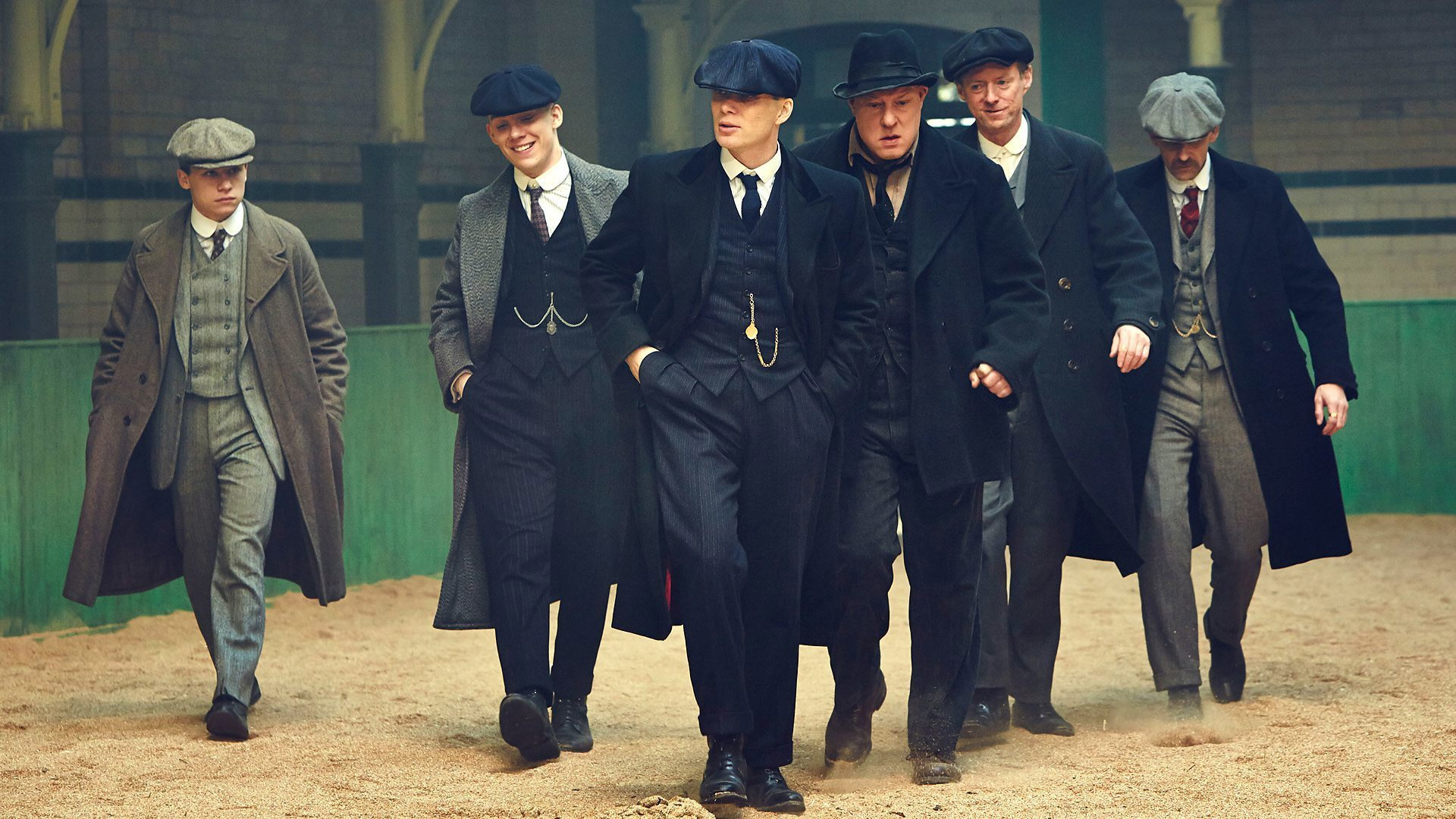
The Peaky Blinders series features a complex and compelling cast of characters, each with their own unique motivations and development arcs. The main characters, Tommy Shelby, Arthur Shelby, and Polly Gray, are particularly well-developed and have undergone significant changes throughout the series.
Tommy Shelby, the leader of the Peaky Blinders, is a complex and enigmatic character. He is a ruthless and ambitious man, but he is also capable of great compassion and loyalty. Tommy’s motivations are driven by a desire for power and control, but he is also fiercely protective of his family and friends.
Enhance your insight with the methods and methods of Sestri Levante.
Arthur Shelby, Tommy’s older brother, is a hot-headed and impulsive man. He is prone to violence, but he is also a loyal and devoted member of the Peaky Blinders. Arthur’s motivations are driven by a desire for revenge and redemption, as he struggles to come to terms with the horrors he witnessed during the war.
Polly Gray, Tommy’s aunt, is a strong and independent woman. She is a skilled strategist and a valuable member of the Peaky Blinders. Polly’s motivations are driven by a desire to protect her family and to avenge the death of her husband.
Tommy Shelby’s Character Development
Tommy Shelby’s character development is one of the most compelling aspects of the Peaky Blinders series. He begins the series as a ruthless and ambitious man, but he gradually becomes more compassionate and loyal. Tommy’s motivations are driven by a desire for power and control, but he is also fiercely protective of his family and friends.
As the series progresses, Tommy faces a number of challenges that test his character. He is forced to make difficult decisions, and he often has to choose between his own desires and the needs of his family and friends. Tommy’s experiences in the war have a profound impact on him, and he struggles to come to terms with the horrors he has witnessed.
Despite the challenges he faces, Tommy remains a strong and determined leader. He is a complex and enigmatic character, but he is also a man of great compassion and loyalty. Tommy’s character development is a testament to the power of redemption, and it is one of the most compelling aspects of the Peaky Blinders series.
Arthur Shelby’s Character Development
Arthur Shelby’s character development is another compelling aspect of the Peaky Blinders series. He begins the series as a hot-headed and impulsive man, but he gradually becomes more compassionate and loyal. Arthur’s motivations are driven by a desire for revenge and redemption, as he struggles to come to terms with the horrors he witnessed during the war.
As the series progresses, Arthur faces a number of challenges that test his character. He is forced to make difficult decisions, and he often has to choose between his own desires and the needs of his family and friends. Arthur’s experiences in the war have a profound impact on him, and he struggles to come to terms with the horrors he has witnessed.
Despite the challenges he faces, Arthur remains a strong and determined man. He is a complex and enigmatic character, but he is also a man of great compassion and loyalty. Arthur’s character development is a testament to the power of redemption, and it is one of the most compelling aspects of the Peaky Blinders series.
Polly Gray’s Character Development
Polly Gray’s character development is a complex and nuanced journey. She begins the series as a strong and independent woman, but she is also deeply scarred by the loss of her husband. Polly’s motivations are driven by a desire to protect her family and to avenge the death of her husband.
As the series progresses, Polly faces a number of challenges that test her character. She is forced to make difficult decisions, and she often has to choose between her own desires and the needs of her family and friends. Polly’s experiences in the war have a profound impact on her, and she struggles to come to terms with the horrors she has witnessed.
Despite the challenges she faces, Polly remains a strong and determined woman. She is a complex and enigmatic character, but she is also a woman of great compassion and loyalty. Polly’s character development is a testament to the power of redemption, and it is one of the most compelling aspects of the Peaky Blinders series.
Narrative Structure
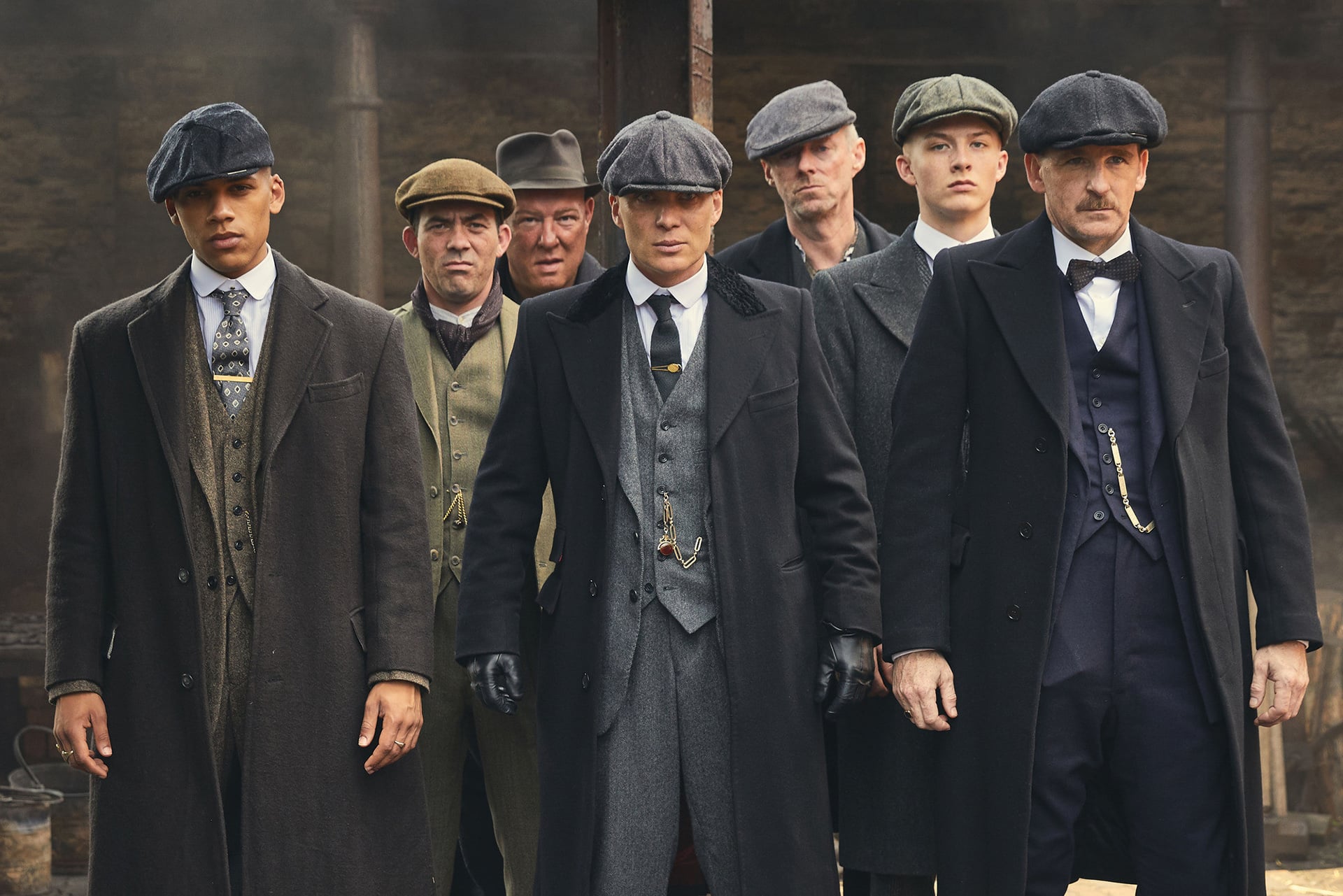
Peaky Blinders employs a distinctive narrative structure that sets it apart from other television series. The show’s non-linear storytelling technique and extensive use of flashbacks create a complex and immersive viewing experience.
Non-Linear Storytelling
Peaky Blinders does not follow a strict chronological order. Instead, the story unfolds through a series of flashbacks and flashforwards, which provide insights into the characters’ pasts and motivations. This fragmented approach allows the show to explore multiple perspectives and events, adding depth and complexity to the narrative.
Flashbacks
Flashbacks are a prominent feature of Peaky Blinders. They transport viewers back in time to key moments in the characters’ lives, revealing their origins, traumas, and relationships. These flashbacks not only provide context for the present events but also create a sense of emotional resonance, as the audience witnesses the characters’ growth and struggles firsthand.
Cinematography and Visual Style
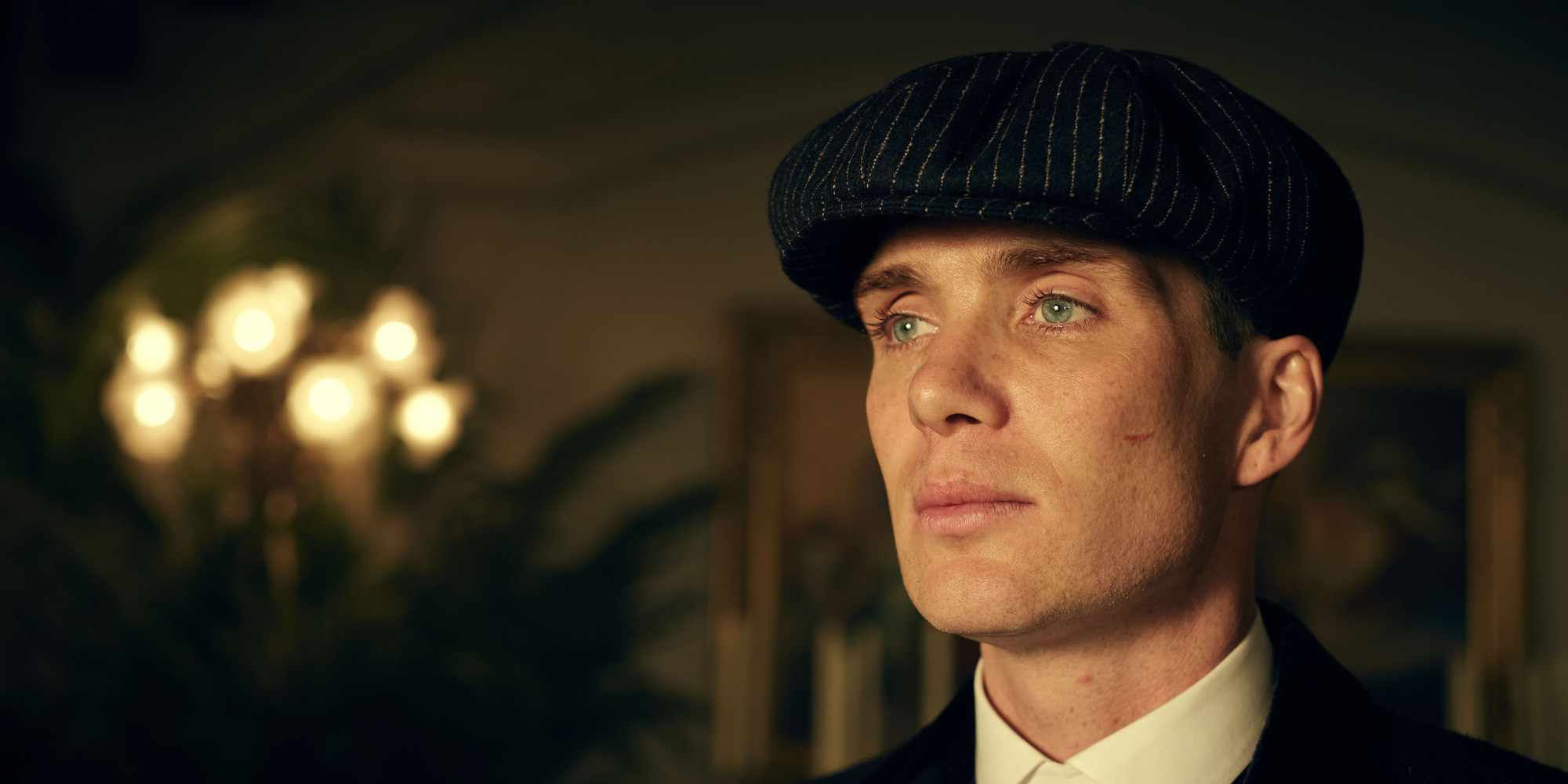
Peaky Blinders’ cinematography and visual style are integral to its distinctive atmosphere and tone. The show’s use of lighting, camera angles, and color creates a visually striking and immersive experience that enhances the narrative.
The show’s lighting often employs chiaroscuro, creating dramatic contrasts between light and shadow. This technique accentuates the characters’ facial expressions and body language, highlighting their emotions and intentions.
Camera Angles
Peaky Blinders frequently employs unusual camera angles, such as Dutch angles and extreme close-ups. These angles create a sense of disorientation and tension, reflecting the characters’ tumultuous inner lives and the chaotic world they inhabit.
Color
Color plays a significant role in Peaky Blinders’ visual style. The show’s muted color palette, dominated by grays, browns, and blacks, evokes a sense of bleakness and decay. However, the occasional use of vibrant colors, such as the red of Tommy Shelby’s suit, creates striking visual contrasts and highlights key moments.
Soundtrack and Music
Music plays a pivotal role in Peaky Blinders, enhancing the emotional impact and setting its distinct tone. The series features a mix of original and licensed tracks, carefully chosen to reflect the characters, themes, and historical context.
Original Score
The original score, composed by Nick Cave and Warren Ellis, is a haunting and evocative blend of ambient, electronic, and traditional Irish music. It captures the show’s dark, atmospheric, and brooding nature, perfectly complementing the complex characters and their struggles. The score often features dissonant chords, eerie melodies, and haunting vocals, creating a sense of unease and tension that pervades throughout the series.
Licensed Tracks
Peaky Blinders also incorporates a diverse range of licensed tracks from various genres, including rock, folk, and classical music. These tracks are carefully selected to enhance specific scenes, evoke emotions, and provide a sense of historical context. The use of classic rock songs, such as “Red Right Hand” by Nick Cave and the Bad Seeds, adds to the show’s gritty and rebellious atmosphere, while traditional Irish folk songs, such as “The Parting Glass,” evoke the show’s Irish heritage and themes of loss and redemption.
The soundtrack of Peaky Blinders is not merely an accompaniment but an integral part of the storytelling, creating a unique and immersive experience that enhances the emotional impact of the series and sets its distinct tone.
Costume Design
Peaky Blinders boasts intricate and evocative costume design that reflects the characters’ personalities, backgrounds, and the historical setting.
Character Personalities
- Tommy Shelby: Sharp suits, tailored waistcoats, and polished shoes convey his intelligence, ambition, and authority.
- Arthur Shelby: Loose, rugged attire reflects his impulsive nature and working-class roots.
- Polly Gray: Elegant dresses and ornate jewelry symbolize her cunning, independence, and defiance.
Historical Context
The costumes accurately depict the fashion of the early 20th century, with tweed suits, waistcoats, flat caps, and shawls.
Social Class
- The Peaky Blinders: Their signature flat caps and razor blades sewn into their caps signify their status as a feared gang.
- The Aristocracy: Fine suits, elaborate gowns, and jewelry reflect their wealth and privilege.
Cultural Impact

Peaky Blinders has had a significant cultural impact, influencing fashion, music, and popular culture worldwide. The series’ distinctive style and historical setting have resonated with audiences, leading to a surge in interest in the era and its culture.
Fashion
The series has inspired a resurgence of interest in 1920s fashion, particularly the signature flat caps and tailored suits worn by the Peaky Blinders gang. Fashion designers have incorporated elements of the show’s style into their collections, and vintage clothing stores have seen an increase in demand for similar items.
Music
The soundtrack of Peaky Blinders has been highly praised, featuring a mix of contemporary and period-appropriate music. The use of Nick Cave and the Bad Seeds’ “Red Right Hand” as the opening theme has been particularly influential, boosting the band’s popularity and inspiring covers by other artists.
Popular Culture
Peaky Blinders has become a cultural phenomenon, with its characters and storylines referenced in popular culture. The series has been parodied in comedy sketches, and its actors have appeared in high-profile advertising campaigns. The show’s success has also led to the creation of spin-off merchandise, including clothing, accessories, and homeware.
Resonance with Audiences
Peaky Blinders has resonated with audiences for several reasons. Its historical setting offers a glimpse into a turbulent period of British history, while its compelling characters and exploration of social issues make it relevant to contemporary audiences. The series’ unique blend of violence, drama, and humor has also made it appealing to a wide range of viewers.
| Category | Influence | Notable Examples |
|---|---|---|
| Fashion | Resurgence of 1920s style | Flat caps, tailored suits |
| Music | Increased popularity of period-appropriate music | Nick Cave and the Bad Seeds’ “Red Right Hand” |
| Popular Culture | References in comedy sketches, advertising campaigns | Parodies, merchandise |
– Compare and contrast the Peaky Blinders television series with the original novel.
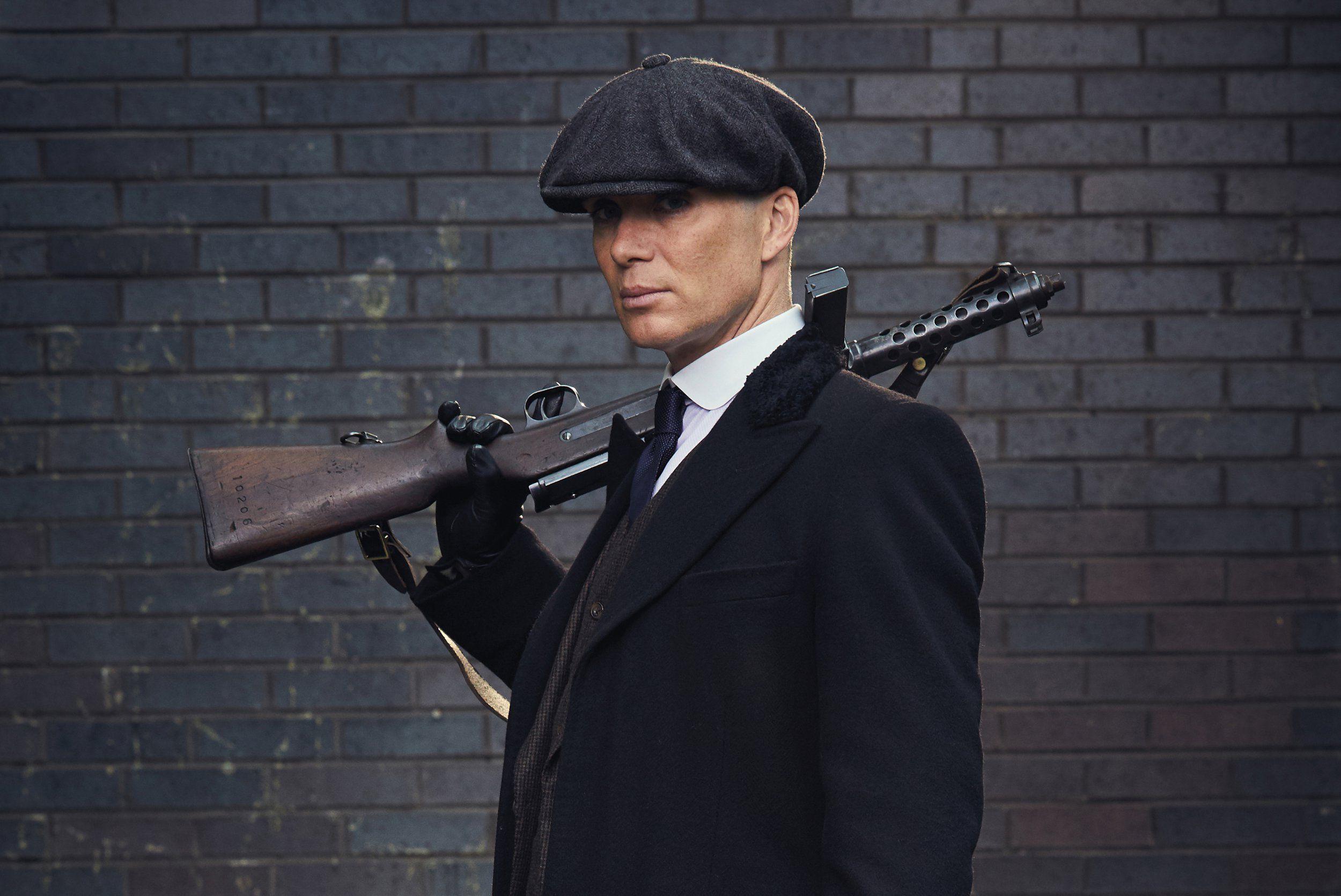
The Peaky Blinders television series is based on the novel of the same name by John Douglas. The series follows the Shelby family, a criminal gang operating in Birmingham, England, in the aftermath of World War I. While the series is largely faithful to the novel, there are some significant changes that have been made for the television adaptation.
One of the most significant changes is the expansion of the role of Tommy Shelby. In the novel, Tommy is a relatively minor character, but in the television series, he is the central protagonist. This change allows the series to explore Tommy’s complex character and motivations in more depth.
Another significant change is the addition of new characters to the series. These characters include Arthur Shelby Jr., Polly Gray, and Michael Gray. These characters add depth and complexity to the story, and they help to flesh out the world of the Peaky Blinders.
The setting of the series has also been changed from the novel. In the novel, the story is set in the slums of Birmingham, but in the television series, it is set in the more affluent Edgbaston area. This change reflects the changing social and economic landscape of Birmingham in the aftermath of World War I.
Finally, the themes of the series have been expanded and deepened in the television adaptation. The novel is primarily a crime story, but the television series also explores themes of family, loyalty, and redemption.
Characters’ Journey
The characters in Peaky Blinders undergo significant transformations throughout the series. Their journeys are marked by turning points that shape their motivations, conflicts, and ultimately their destinies.
Tommy Shelby, Peaky Blinders
- Starting Point: A war-weary veteran with a troubled past, seeking to establish a legitimate business empire for his family.
- Turning Points:
- The death of Grace Burgess, which drives him to seek revenge and expand his criminal empire.
- The assassination attempt by Billy Kitchen, which leads him to become more ruthless and determined.
- The confrontation with Oswald Mosley, which forces him to confront his own fascism and make a choice between power and morality.
- Final Outcome: A powerful and ruthless crime boss, but also a man haunted by his past and torn between his ambitions and his conscience.
Arthur Shelby
- Starting Point: A violent and unstable war veteran, struggling with PTSD and addiction.
- Turning Points:
- The death of his wife, Linda, which sends him into a downward spiral.
- The discovery of his illegitimate son, Billy Grade, which gives him a new sense of purpose.
- The battle with the Billy Boys, which proves his loyalty to the family and his willingness to sacrifice himself.
- Final Outcome: A reformed man who finds redemption in his love for his family and his role as a protector.
Polly Gray
- Starting Point: A cunning and resourceful matriarch, determined to protect her family’s interests.
- Turning Points:
- The death of her husband, Arthur Shelby Sr., which forces her to take on a more prominent role in the family.
- The betrayal by her son, Michael, which leads her to question her own judgment.
- The reconciliation with her daughter, Ada, which gives her a sense of peace and acceptance.
- Final Outcome: A wise and respected leader, who sacrifices her own happiness for the well-being of her family.
The journeys of these characters contribute to the overall narrative by exploring themes of family, loyalty, redemption, and the consequences of violence. Their experiences shape the plot and the resolution of the story, as they navigate the challenges of their lives and the complexities of the criminal underworld.
Family Dynamics
The Shelby family is a complex and dysfunctional one, but it is also the source of their strength and power. The family is led by Tommy Shelby, the eldest son and a brilliant strategist. Tommy is fiercely loyal to his family and will do anything to protect them. He is also ruthless and ambitious, and he is willing to use violence to achieve his goals.
Arthur Shelby, the middle son, is a hot-headed and impulsive man. He is quick to anger and violence, but he is also fiercely loyal to his family. Arthur is a skilled fighter and a powerful ally, but he can also be a liability when he lets his emotions get the better of him.
Polly Gray, the Shelby’s aunt, is a wise and cunning woman. She is the family’s matriarch and the one who keeps them together. Polly is a skilled negotiator and a powerful ally, but she can also be ruthless when she needs to be.
Further details about Belenenses Benfica B is accessible to provide you additional insights.
- Tommy Shelby: The eldest son and leader of the family. He is a brilliant strategist and a ruthless businessman.
- Arthur Shelby: The middle son. He is a hot-headed and impulsive man, but he is also fiercely loyal to his family.
- Polly Gray: The Shelby’s aunt. She is a wise and cunning woman, and the family’s matriarch.
- John Shelby: The youngest son. He is a skilled fighter and a loyal member of the family.
- Ada Shelby: The only daughter. She is a strong and independent woman, but she is also torn between her family and her own desires.
- Michael Gray: Polly’s son. He is a young man who is trying to find his place in the family.
The Shelby family is a complex and fascinating one. Their relationships are often strained, but they are also unbreakable. The family is the source of their strength and power, and it is the one thing that they will always fight for.
Symbolism in Objects
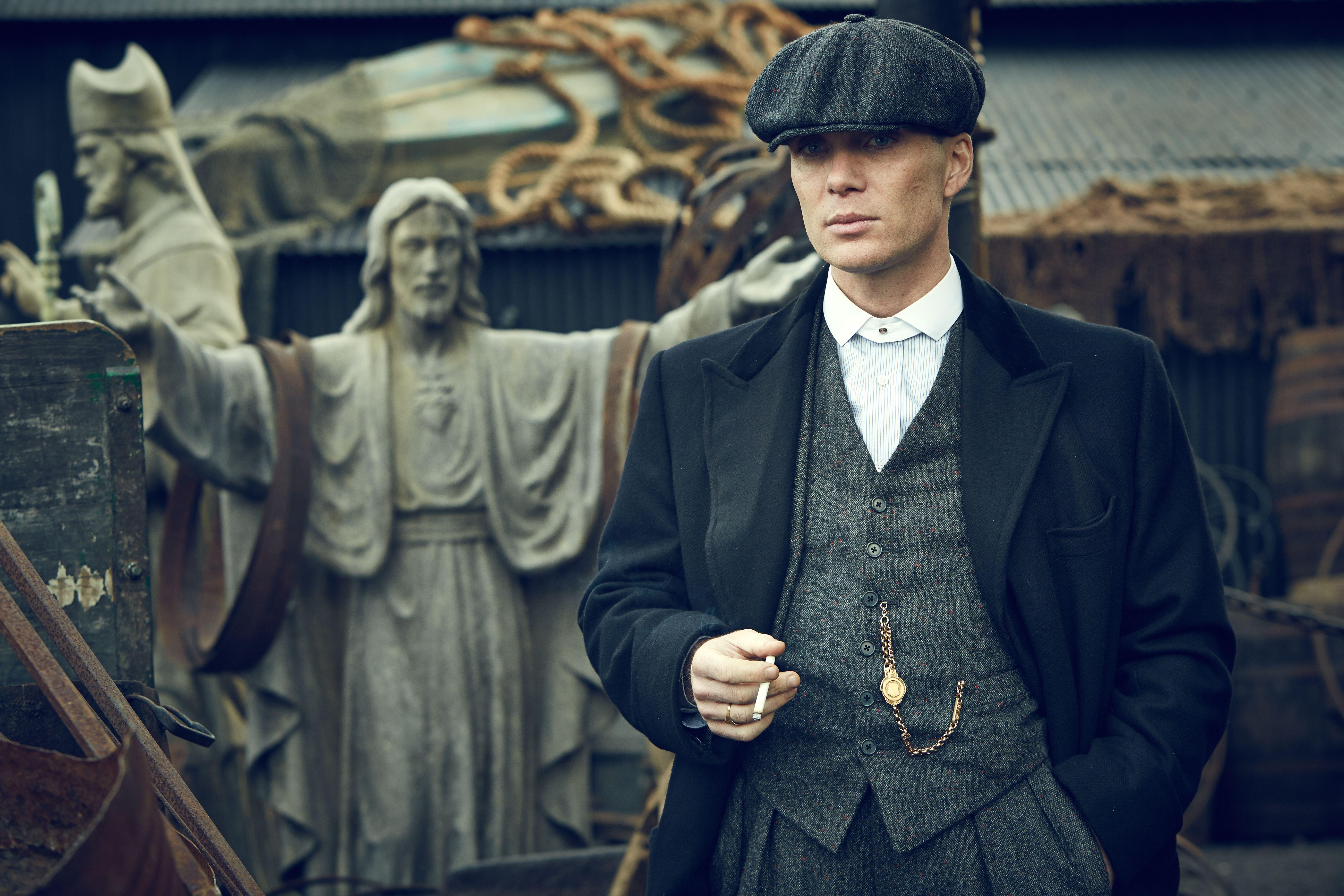
In Peaky Blinders, objects play a significant role in conveying symbolism and meaning. From the razors to the horses and the sapphire brooch, each item carries a unique significance that contributes to the character development and plot progression.
The razors, a defining symbol of the Peaky Blinders, represent their ruthless nature and unwavering loyalty. Embedded in their caps, the razors serve as a weapon and a badge of honor, symbolizing the gang’s willingness to inflict violence to protect their territory and their own.
The horses, particularly Tommy’s black horse, hold a multifaceted symbolism. They represent power, freedom, and a connection to the natural world. For Tommy, his horse becomes a confidant, a symbol of his ambitions, and a reminder of his gypsy roots.
The sapphire brooch, worn by Grace Burgess, symbolizes hope, love, and the fragility of human relationships. Its blue hue evokes the calmness and serenity that Grace brings to Tommy’s chaotic world, while its delicate nature reflects the vulnerability of their love amidst the brutality of their surroundings.
| Object | Symbolism | Significance |
|---|---|---|
| Razors | Ruthlessness, loyalty | Weapon, badge of honor |
| Horses | Power, freedom, nature | Tommy’s ambition, gypsy roots |
| Sapphire brooch | Hope, love, fragility | Grace’s influence, vulnerability |
Beyond their individual symbolism, these objects collectively reflect the themes of the series. The razors embody the violence and brutality that permeate the Peaky Blinders’ world, while the horses represent the longing for freedom and escape from their harsh circumstances. The sapphire brooch, in contrast, symbolizes the hope and love that can emerge amidst the darkness.
Wrap-Up
Peaky Blinders stands as a testament to the enduring power of storytelling, transporting viewers to a time and place where ambition, violence, and family ties collide. The series leaves a lasting impression, showcasing the complexities of human nature and the indomitable spirit of those who dare to challenge the status quo.